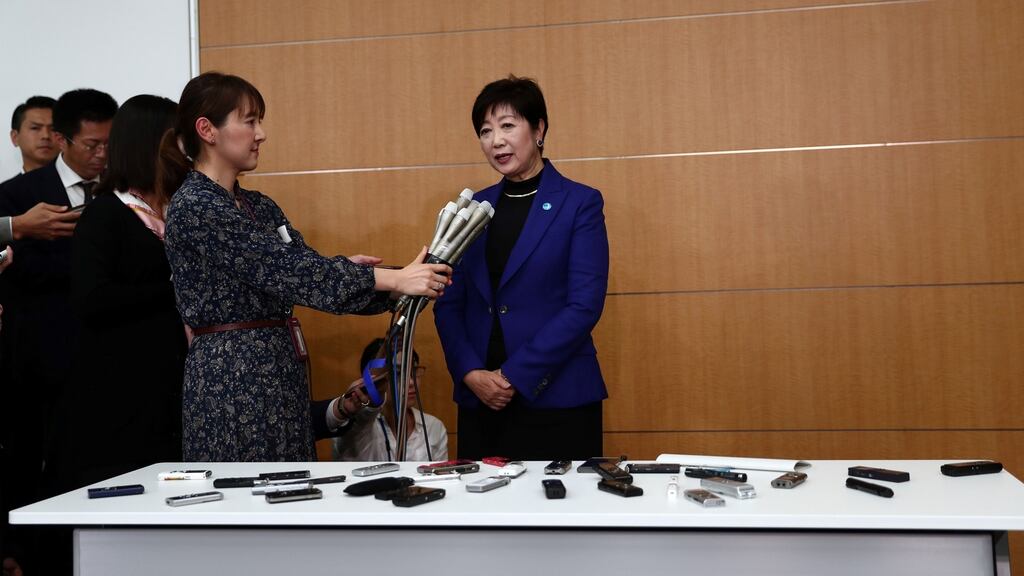Tokyo’s governor, Yuriko Koike, has reluctantly dropped her opposition to the International Olympic Committee’s surprise decision to move next year’s Olympic marathon and walking events from the capital to the northern Japanese city of Sapporo due to concerns about the heat.
“We cannot agree with the final decision, but the IOC [International Olympic Committee] has the authority to change [the location],” Koike said on Friday in a meeting with IOC representative John Coates. “The most important thing is to assure the success of next year’s Games.”
Koike added: “I think we must move forward. I don’t approve, but the decision can’t be avoided.” A Japanese news report quoted her as saying it been a “painful decision, not an agreement”.
With less than nine months to go before the 2020 Games start, organisers must now arrange for the men’s and women’s marathons and walking races to be held 800 kilometres (500 miles) north of Tokyo in Sapporo, the biggest city on Japan’s northernmost island of Hokkaido.
Temperatures in Tokyo during July and August often exceed 30C, with high humidity expected to add to the athletes’ discomfort. Temperatures in Sapporo, which hosted the 1972 Winter Olympics, during that period are as much as six degrees cooler during the day. The last Summer Olympics in Tokyo, in 1964, were held in October.
The move follows the IOC’s sudden decision two weeks ago to relocate the prestigious events to avoid exposing athletes and spectators to Tokyo’s sweltering summer heat and humidity.
Coates, the head of the inspection team in Tokyo, said the decision was made after the IOC’s president, Thomas Bach, saw television images of marathon runners collapsing in extreme heat at last month’s world athletics championships in Doha, Qatar. About 40 per cent of the runners in the women’s marathon failed to finish the race.
Koike, who has had a fractious relationship with Olympic organisers since she took office in 2016 vowing to cut costs for the Games, made no attempt to hide her anger when the IOC said it would shift the events to cooler climes.
She said at the time that the Olympic governing body, along with the International Association of Athletics Federations and the Games’ organising committee had not consulted the metropolitan government before making their “sudden” decision.
Tokyo, she added, had made efforts to reduce the impact of the heat, such as installing cooling mist machines and surfacing roads along the route with a heat-reducing reflective material. “Of course, the athletes-first approach is extremely important,” she said.
“To choose Sapporo so suddenly … why Sapporo, who decided this? There was no discussion, and I have a lot of doubts about having this thrust on us. We have made many preparations and there’s no change in my thinking that it should be held in Tokyo.”
Even though Tokyo has now dropped its objections, the city and Olympic organisers will have to discuss the cost of relocating events, and address complaints from spectators who have already bought tickets and booked accommodation in the Japanese capital. Distance running is hugely popular in Japan, and the marathons were expected to draw large crowds in Tokyo.
Japanese media reports suggested the IOC would agree to Koike’s demand that Tokyo be exempted from footing the bill for the move.
Rising concern over the capital’s sweltering summer temperatures had already forced the Games’ organisers to shift the start times for the two marathons to 6am, and the men’s 50km walk final to 5.30am, to give athletes time to complete the courses before temperatures soar.
In a last-ditch effort to keep the races in Tokyo, the metropolitan government even considered moving the start times to as early as 3am – a suggestion the IOC dismissed as impractical. – Guardian



















